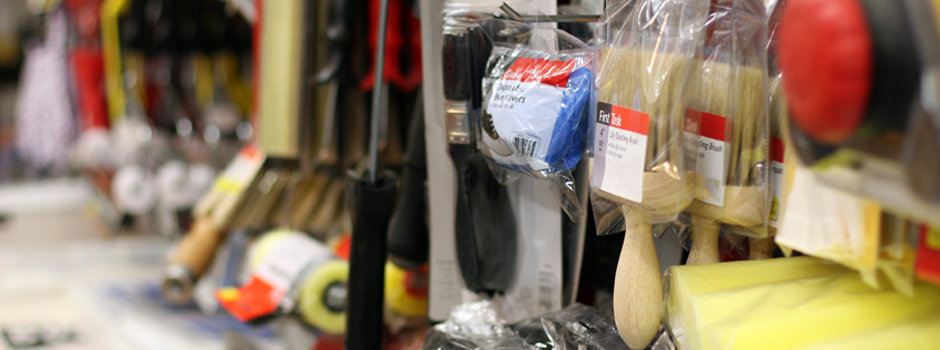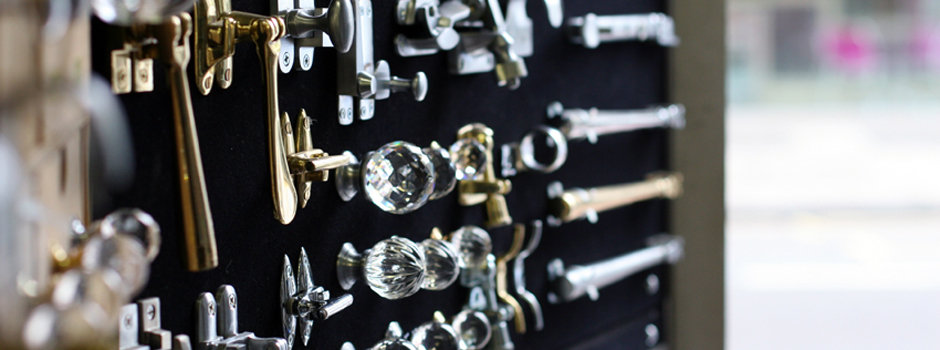-

TOP TIPS
-

TOP TIPS
-

TOP TIPS
-

TOP TIPS
-

TOP TIPS
-

TOP TIPS
TOP TIPS
Want to save money by doing a few jobs on the house? Have a look at the top 10 tips below
- Get yourself a basic toolkit to tackle all those jobs ahead. This should ideally include slotted and Pozi screwdrivers, hammer, pencil, tape measure, square, hacksaw and craft knife. Kept together in a sturdy plastic or metal toolbox, you won't waste time searching for a tool. As you become more confident in your skills you can add to the starter kit. If stored in a shed or garage watch out for rust caused by condensation, the toolkit's worst enemy. Keep a tin of light oil or spray lubricant handy to coat metal surfaces.
- For shelves and general DIY jobs you'll need an electric drill but do you want a cordless or mains-powered version? Cordless are convenient with no cable to worry about, but keep batteries charged. Most have two packs and a 14.4V drill is fine for most work, while 18V is more powerful but heavier. Batteries on budget tools can take several hours to recharge, though much faster on pro models. Mains drills tend to be cheaper, with no battery hassles. Whatever tool you choose, buy one with hammer action for drilling solid was. You'll need special masonry drill bits for this.
- A dripping tap won't cure itself and will only get worse. First turn off the water supply, the stopcock usually located under the sink. Remove the tap handle by unscrewing or pulling it upwards (there's often a plastic cap which is levered off first). If there's a cover on the valve, unscrew this next. Use an adjustable wrench to undo the packing nut, turning it anti clockwise. The stem should then work free. Remove the rubber washer, check its size and get a replacement at a hardware store, then reverse the procedure. Stubborn taps may need gripping, so always wrap them with an old cloth to prevent damage.
- Whether you're sawing wood, changing a plug or cleaning paintbrushes, you won't be popular if you use the kitchen table. Get yourself a portable work surface that can be stored under the stairs or in the shed when not needed. A folding workbench has a pair of wide, sturdy jaws that adjust to grip anything from a piece of wood to a length of plastic downpipe. Removable plastic plugs make awkward shapes a cinch to hold securely. More expensive benches have a choice of two working heights.
- When putting up a shelf or hanging a picture you'll need the correct wall fixing, otherwise it's likely to fall off. Generally a house has solid masonry structural walls (which need plastic plugs), though these could be lined with plasterboard. Internal walls tend to be studwork construction, so are hollow and need a different fixing method. Heavier items need bigger screws and plugs, so a set of assorted sizes should stop you having to guess. Don't forget you'll need suitable bits to drill the holes, too.
- Electric gadgets come with moulded mains plugs, but sometimes these get damaged. Switch off before unplugging from the wall. Cut off the old plug and use wire stripper to carefully remove outer plastic sheathing from the flex, then about 10mm of sheathing on each wire. Twist copper strands with your fingers and insert in correct terminals on the new plug - brown to Live, blue to Neutral and green/yellow to Earth. Tighten screws and replace the plug top, making sure the fuse rating is correct for your product. If you're uncertain about safety, get an electrician to check.
- For cutting shapes and curves in solid timber or MDF a jigsaw is the perfect tool. It's ideal for cutting laminate flooring and with the correct blade you can saw thin metal and plastic. Cramp a batten to the board as a guide and you can make accurate straight cuts. Don't ignore safety, though. Always make sure wood is cramped to a workbench and never hold it in your free hand. Unplug the tool from the mains when changing a blade. And don't forget an extension cable for most sawing jobs.
- It may be tedious, but unless you prepare surfaces properly you won't get a decent finish when painting woodwork and doors. Keep drudgery to a minimum by using a powered sander. A palm or multi sander is good for getting into corners, while a random orbit sander gives a better finish if you'll be using a clear varnish. Although most tools come with a dustbag or collector box, always wear a disposable face mask so you don't breath in the nasty fine dust.
- For many DIY jobs you won't be able to reach high enough, whether cutting in when painting a ceiling, putting up a curtain rail or changing light bulbs in rooms with tall ceilings. A combination ladder is the answer as you can use it several ways: as a normal stepladder, for working on stairs or as an extension ladder. Stairwells are notoriously awkward to decorate, but this clever piece of kit means you can do the job safely. Some combi ladders even have a platform to make life easier.
- Make sure you keep a first aid kit handy and check regularly that it's topped up - you never know when you may need it! A few plasters should be the absolute minimum. And keep a pair of safety goggles to wear when using your power tools. But if you're worried about looking uncool, you can buy some pretty trendy safety glasses these days. It's a good idea to keep a torch handy in case of power cuts, but make sure you know where to find it in the dark!
If in doubt our team at Dulwich DIY are here to answer your DIY and Hardware questions.






